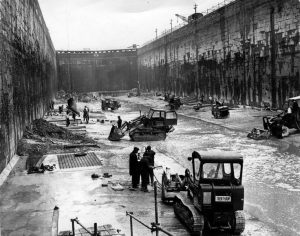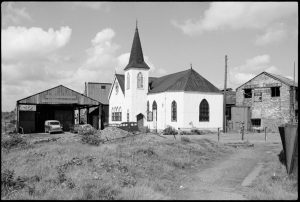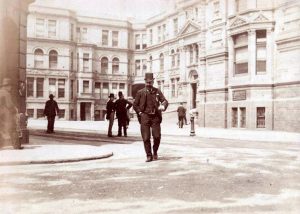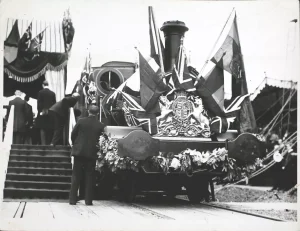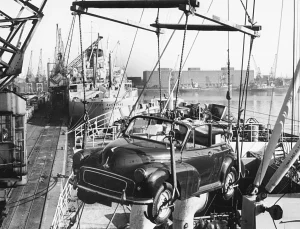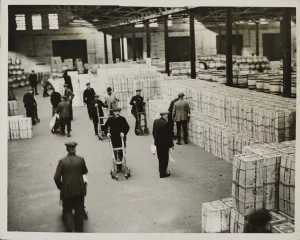Cardiff Bay: From Coal Port to Cultural Waterfront
Industrial beginnings (1790s–1840s)
Cardiff’s modern story starts with the Industrial Revolution. The Glamorganshire Canal (1794) carried iron and coal from the South Wales Valleys to the port, and the Taff Vale Railway followed in 1840 to move goods faster.
Building the docks (1830s–1907)
Explosive growth in iron and coal trade drove a chain of new docks: Bute West Dock (1839; its seaward entrance later called the Oval Basin), Bute East Dock (1855), Roath Basin (1874), Roath Dock (1887), and Queen Alexandra Dock (1907).
Tiger Bay: a world in one neighbourhood
Around the docks, Butetown—nicknamed Tiger Bay—became one of Britain’s oldest multi-ethnic communities. Seafarers and workers from more than 50 nations settled here, built the docks, crewed the ships, and created a distinct, close-knit culture. Among its most famous sons and daughters are rugby legend Billy Boston and singer Dame Shirley Bassey.
Global powerhouse to hard times (1880s–1980s)
By the late 19th century Cardiff had become Wales’s largest town, and its port handled more coal than anywhere in the world. In 1913 exports peaked at over 13 million tonnes, with coal prices struck at the Coal Exchange—home to the world’s first £1 million deal. After the Second World War, demand fell and container ports rose; by the 1960s coal exports had all but stopped. The closure of East Moors Steelworks in 1978, with the loss of 3,200 jobs, dealt a further blow. By the early 1980s much of the docklands lay derelict.
Rebirth as Cardiff Bay (1990s–today)
The transformation began with the Cardiff Barrage, completed in 1999, impounding the Taff and Ely to create a 500-acre freshwater lake with eight miles of waterfront. The new waterside sparked homes, workplaces, culture, and leisure—turning neglected docklands into Cardiff Bay, one of the capital’s signature destinations.
What to see now
Start at the Senedd and the Pierhead—Wales’s democratic heart beside a striking historic neighbour—then wander to the Wales Millennium Centre for world-class arts. Techniquest offers hands-on science for all ages, Craft in the Bay showcases contemporary makers, and the Norwegian Church Arts Centre nods to the city’s maritime links. Boat tours and a year-round water taxi operate from Mermaid Quay, connecting the Bay with the city centre and Penarth (seasonal schedules apply).
Good to know
The Bay sits on one of the world’s largest tidal ranges—up to around 14 metres—so the barrage keeps water levels steady for reliable access. Mermaid Quay and the surrounding waterfront pack in dining, culture, and family attractions. Today, roughly 320,000 people call Cardiff home: a compact, friendly capital with a big story.

